Ophthalmology has witnessed remarkable evolution and advancements throughout history. The field has undergone dramatic change and development since the times of Ancient Egypt where the first reference to eyes was made in the Code of Hammurabi (2250 BC) [1].
From these ancient times, when rudimentary methods were used to diagnose and treat ocular conditions, to the modern era of cutting-edge technology and ground-breaking research, the field of ophthalmology has made significant strides. With the relentless pursuit of scientific knowledge and innovative techniques, ophthalmologists have revolutionised the way we understand and care for the intricate structures of the eye. This article provides a glimpse into the captivating journey of ophthalmology through the achievements of five of its most influential pioneers, highlighting the transformative discoveries and remarkable advancements that have shaped this field into what it is today.
1. Hasan Ibn al-Haytham (c.965-c.1040)
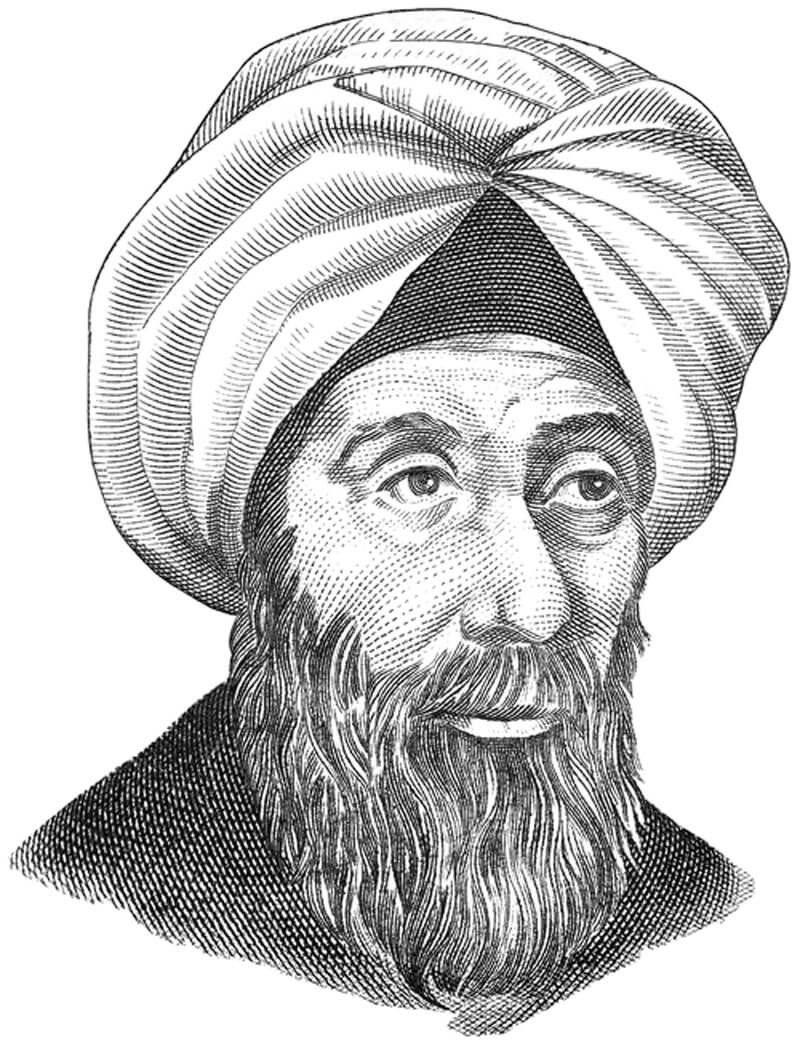 Ibn al-Haytham; Illustrated by Michel Bakni, via Wikimedia Commons.
Ibn al-Haytham; Illustrated by Michel Bakni, via Wikimedia Commons.
Ibn al-Haytham was a prominent polymath from the Islamic Golden Age, revered as the ‘father of modern optics’. He was a prolific scholar, making important contributions to several fields including mathematics, physics, astronomy and optics. One of his most significant works is the Book of Optics (Kitab al-Manazir, 1011-1021), in which he outlined his theories on vision and light, including the first correct explanation of vision through a camera obscura.
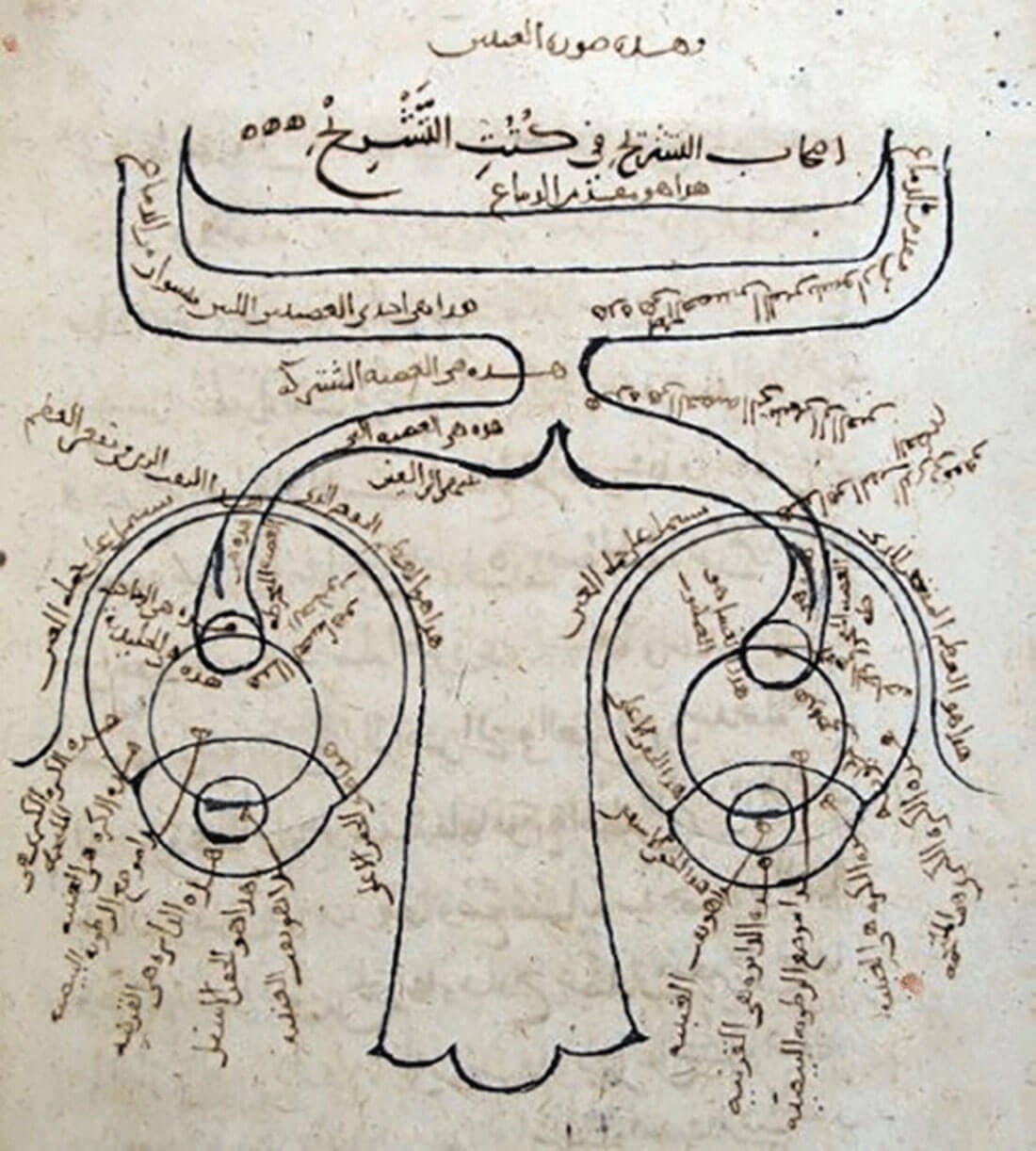
The structure of the human eye according to Ibn al-Haytham, late 11th century CE of copy
of the Kitab al-Manazir (MS Fatih 3212, vol. 1, fol. 81b, Süleimaniye Mosque Library, Istanbul),
Public domain, via Wikimedia Commons.
His work on the law of refraction laid the foundation for the development of modern optics and underpins the science of ophthalmology. Ibn al-Haytham created visual representations of the process through which light, reflecting or refracting off physical objects, enters the eye to form an image. He is credited as the pioneering scholar to propose that vision is a complex process involving the interplay between the eye, optic nerve and brain [7].
2. Albrecht von Graefe (1828-1870)
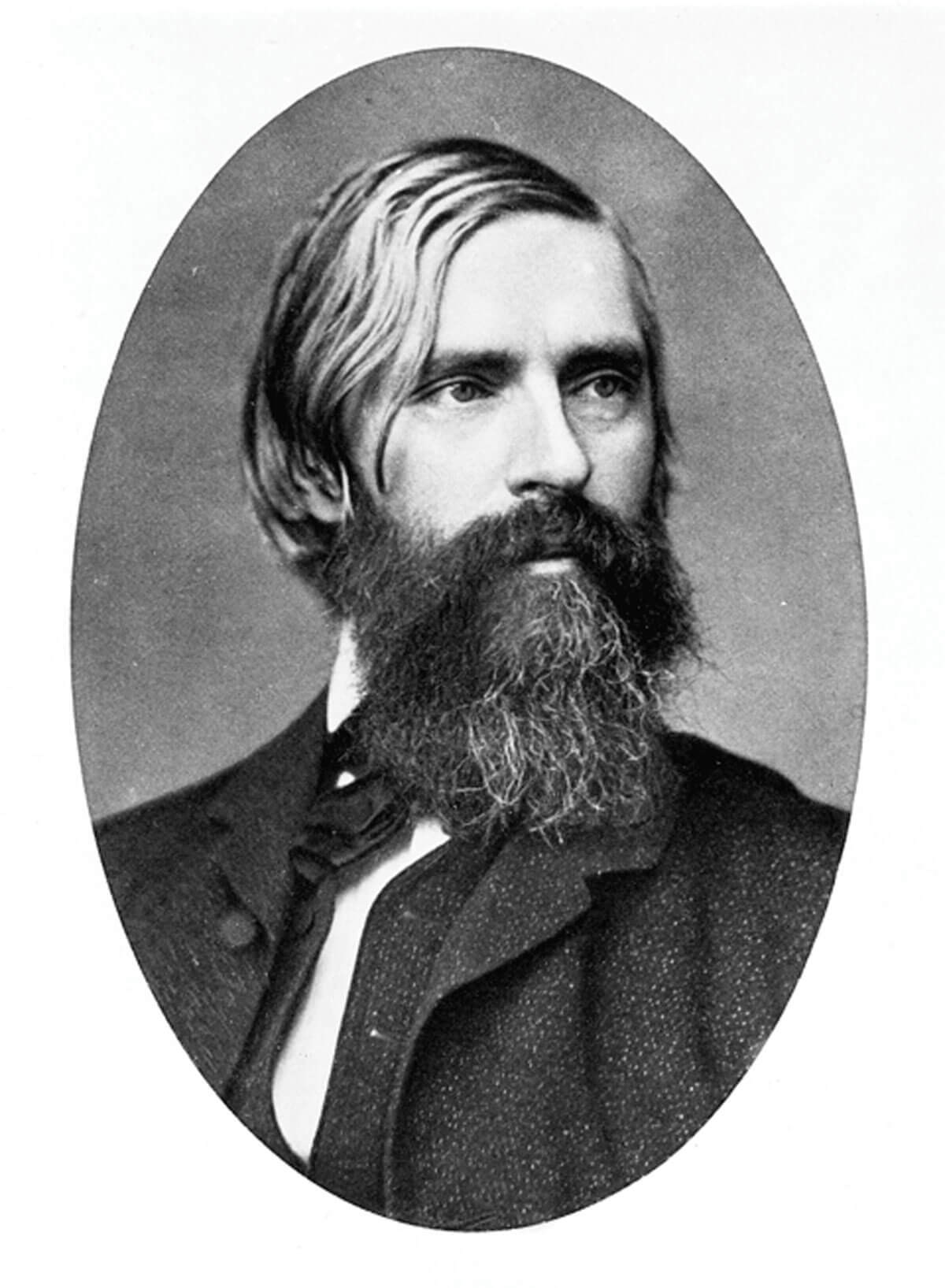
Portrait of Albrecht von Graefe; courtesy of the Wellcome Collection.
Graefe was a Prussian pioneer regarded by many as the ‘father of modern ophthalmology’ and made significant contributions to the field of ophthalmology in the 19th century. He was the first to introduce an instrument to measure intraocular pressure as well as introducing iridectomy for the treatment of glaucoma [2]. Furthermore, Graefe also introduced new surgical techniques for treating cataracts with the use of the ‘Von Graefe’ knife (below), which was used until the 1960s, as well as positing early descriptions of optic neuritis [3].

‘Von Graefe’ cataract knife; Image courtesy of P Stanka, via Wikimedia Commons.
In 1857, Graefe founded the first ophthalmic society in the world, the Deutsche Ophthalmologische Gesellschaft, with over 8000 doctor and scientist members. It organises congresses, publishes specialist journals and other publications and promotes young scientists in the form of grants and awards. Special achievements are also recognised by the Von Graefe Prize or the Graefe Medal, which is awarded every 10 years.
3. Sir Harold Ridley (1906-2001)
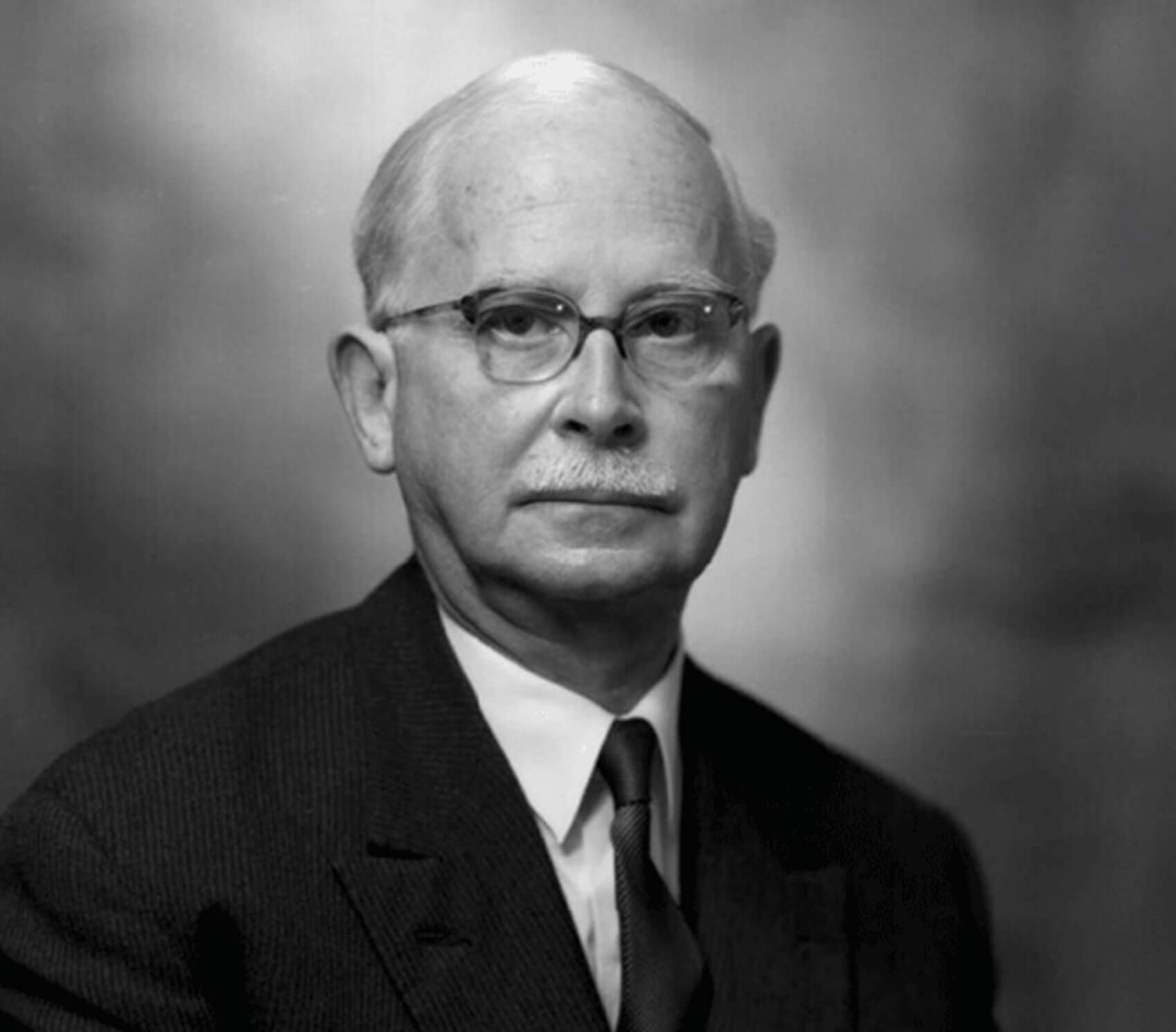
Sir Harold Ridley.
Ridley was a British Ophthalmologist who is credited with inventing the first intraocular lens implant, which is now commonly used in cataract surgery. He also made significant contributions to the study of corneal transplantation and was a pioneer in the field of ocular prostheses [5]. Ridley was heavily involved in wartime service and ophthalmic research; he treated several injured pilots from the Battle of Britain and in the latter years of war spent time in West Africa and Southeast Asia.
It was here his research into onchocerciasis, snake venom ophthalmia and nutritional amblyopia flourished. In 1967, Ridley set up the Ridley Foundation, known as the Ridley Eye Foundation, to raise funds for cataract surgery in developing countries and to treat avoidable blindness. The organisation continues to be active in these fields today, notably in Central and Southeast Asia.
4. Charles Kelman (1930-2004)
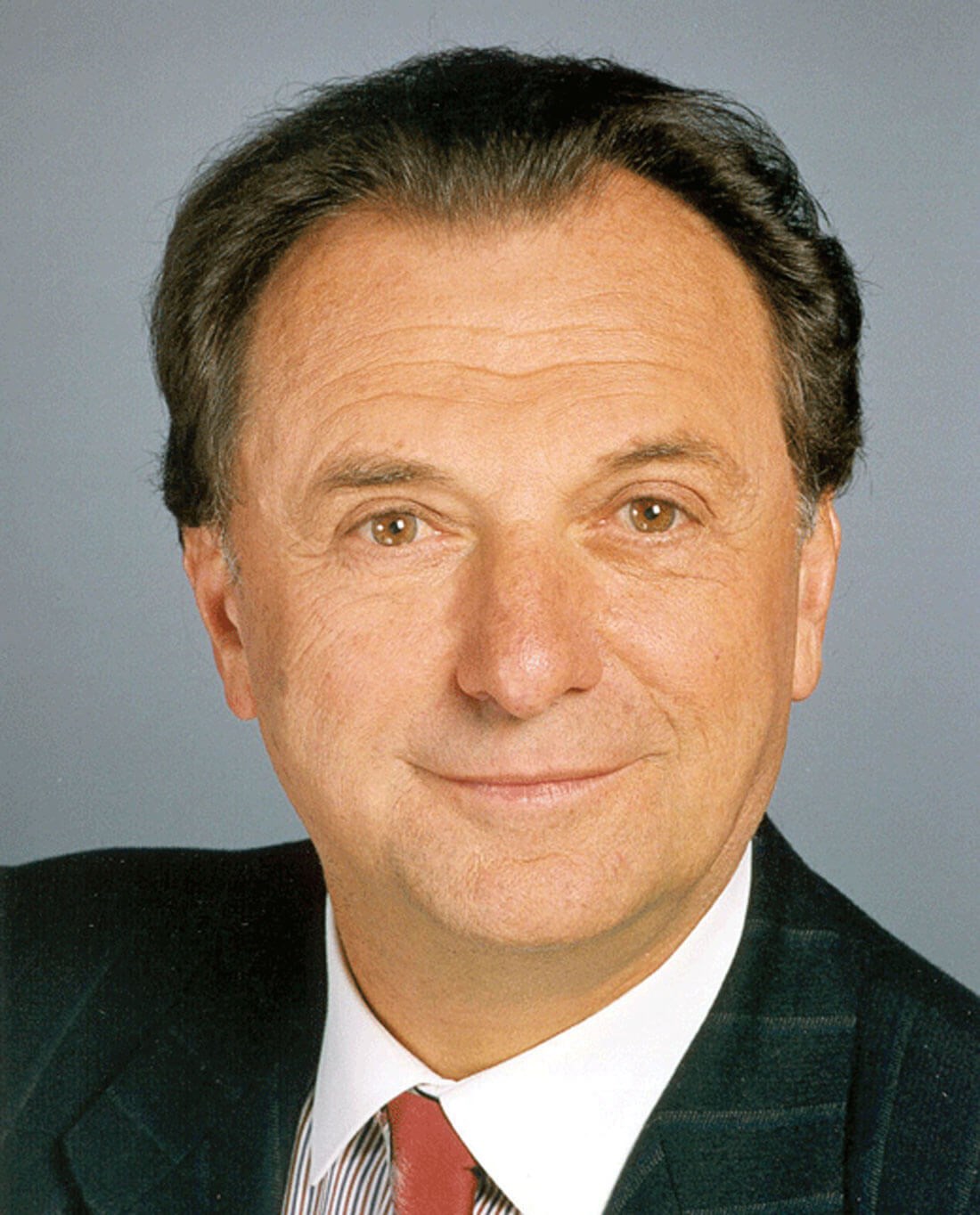
Charles Kelman; Photograph by Martha Swope;
courtesy of the estate of Charles Kelman,
via Wikimedia Commons.
Kelman was an American Ophthalmologist who invented the phacoemulsification technique for cataract surgery. This technique revolutionised cataract surgery by allowing for smaller incisions, faster healing times and improved outcomes for patients. Kelman was also credited with being at the forefront of the application of cryosurgery in intracapsular cataract extraction and retinal detachment repair [4].
Additionally, Kelman was equally talented musically, having written Broadway productions, being an avid saxophone player as well as a comedian, singer and appearing on numerous talk shows with Jimmy Carson, Oprah Winfrey and David Letterman. In July 1994, Kelman was awarded ‘Ophthalmologist of the Century’ at the International Congress of Cataract and Refractive Surgery in Montreal, Canada.
5. Patricia Bath (1942-2019)
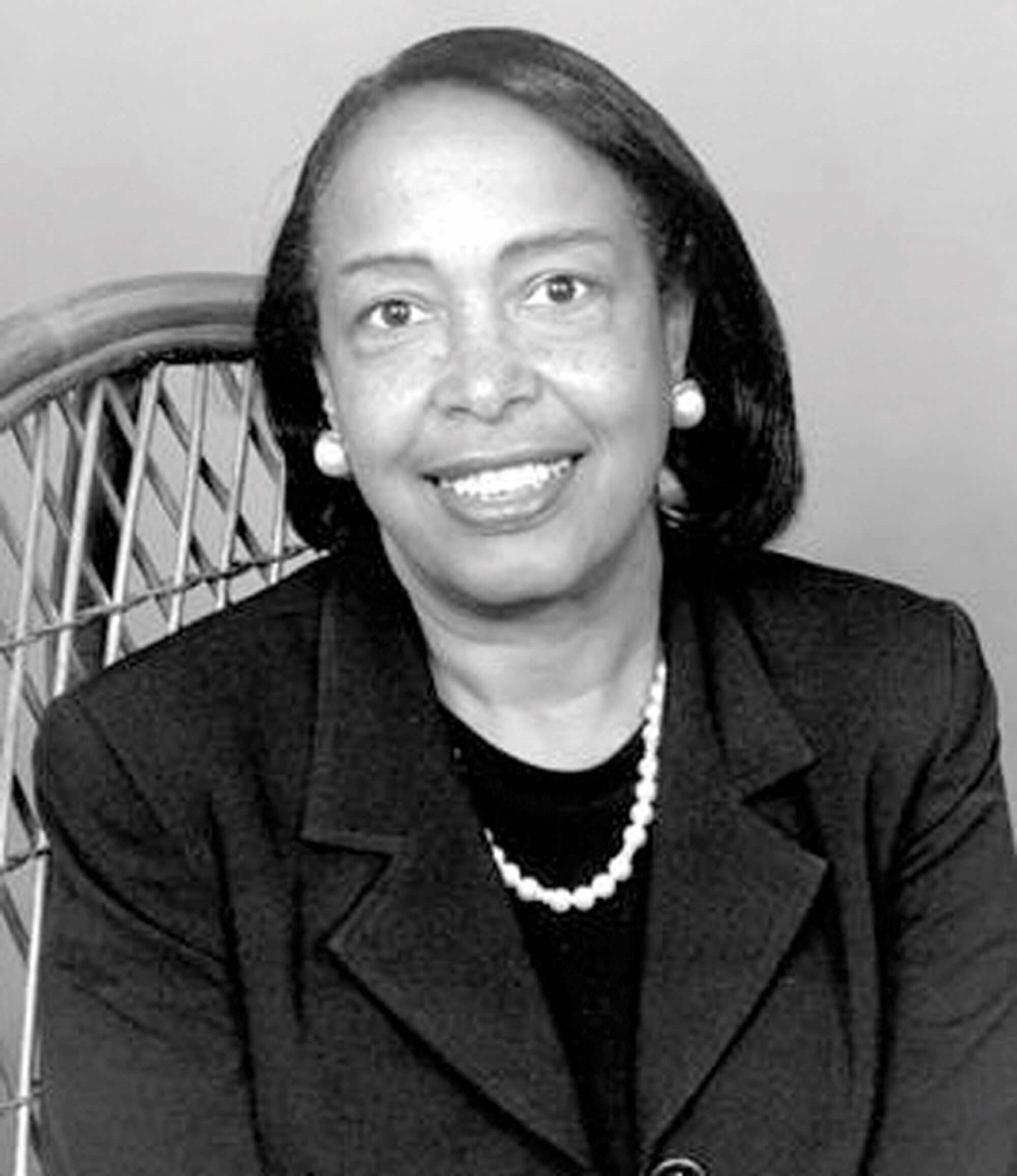
Patricia Bath. Image courtesy of the National
Library of Medicine, Public domain,
via Wikimedia Commons.
Bath was an African American Ophthalmologist who invented the laserphaco probe, a device used to remove cataracts with a laser. She was the first African American woman to receive a patent for a medical invention as well as being the first African American woman to complete residency in ophthalmology, paving the way and acting as an inspiration for future aspiring ophthalmologists. During her residency, Bath observed that there were very few visually impaired patients at a clinic in Columbia in contrast to the eye clinic in Harlem. This led her to conduct a retrospective epidemiological study, which documented that blindness among blacks was double that among whites. She reached the conclusion that the high prevalence of blindness among blacks was due to lack of access of ophthalmic care. As a result, she proposed a new discipline, known as community ophthalmology, which is now operative worldwide.
Bath was well known for her humanitarian work and philanthropy; she co-founded the American Institute for the Prevention of Blindness in 1976 which was based on the principle that “eyesight is a basic human right” [6].
References
1. Hammurabi, King of Babylonia. Trans. by Harper RF. The Code of Hammurabi, King of Babylon, About 2250 B.C. Chicago, USA: University of Chicago Press; 1904.
2. Ivanišević M, Stanić R, Ivanišević P, Vuković A. (2020). Albrecht von Graefe (1828-1870) and his contributions to the development of ophthalmology. Int Ophthalmol 2020;40(4):1029-33.
3. Volpe NJ. Optic neuritis: historical aspects. J Neuroophthalmol 2001;21(4):302‑9.
4. Obstbaum SA. Charles D. Kelman, MD (1930-2004). Arch Ophthalmol 2005;123(2):287-8.
5. Williams HP. Sir Harold Ridley’s vision. Br J Ophthalmol 2001;85(9):1022-3.
6. Biography. Patricia Bath (2021).
https://www.biography.com/
scientists/patricia-bath
[last accessed May 2023]
7. Daneshfard B, Dalfardi B, Nezhad GSM. Ibn al-Haytham (965–1039 AD), the original portrayal of the modern theory of vision. J Med Biogr 2016;24(2):227‑31.
COMMENTS ARE WELCOME










